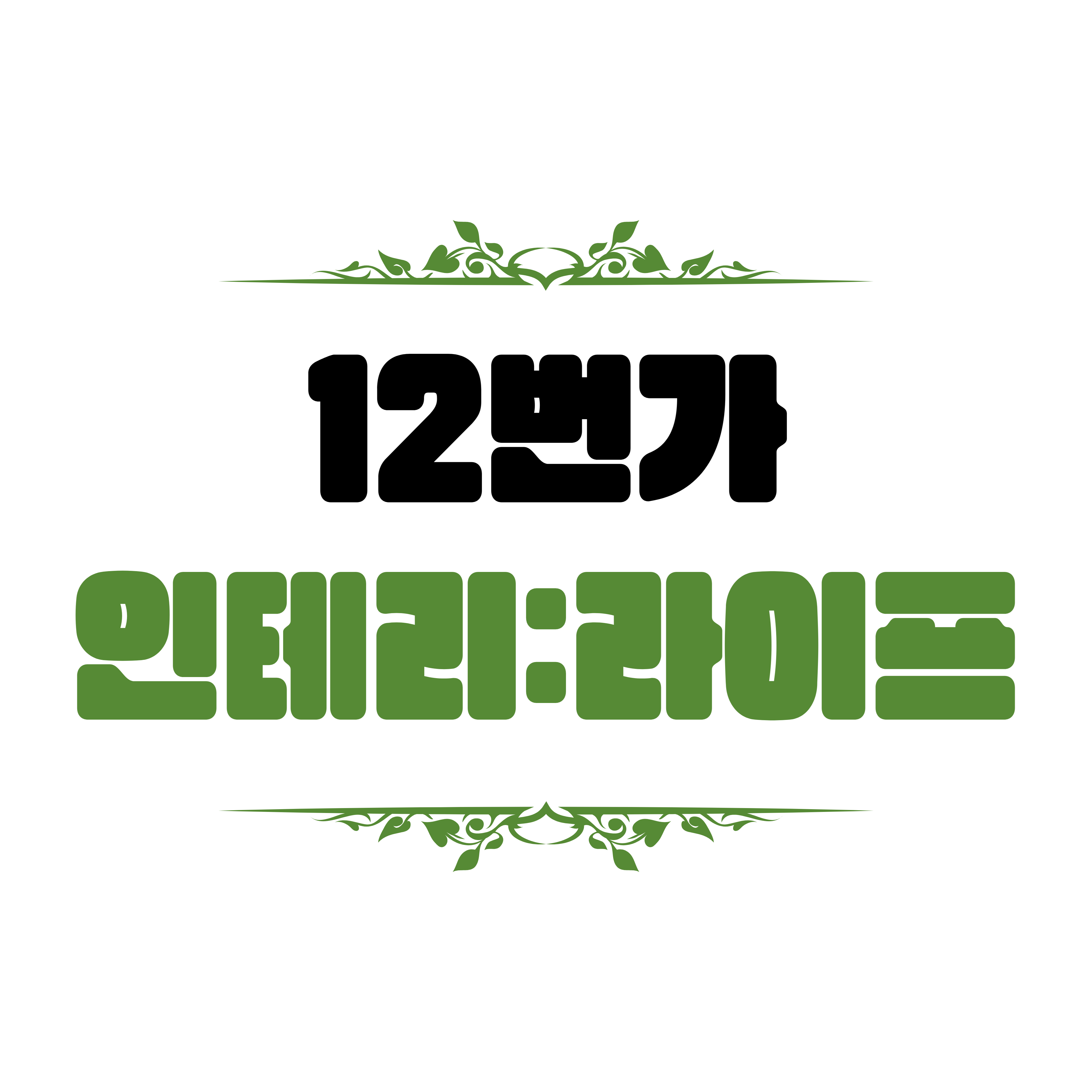티스토리 뷰
Unveil the essential Korean vocabulary for rooms to enhance your language skills and interact confidently.
Core
Delve into essential Korean vocabulary related to rooms, building a strong foundation in your language learning journey. This article simplifies the task, presenting relevant words and usage in an easy-to-grasp manner.
* Table of Contents
- Basics of Korean Vocabulary for Rooms
- Common Room-Related Vocabulary in Korean
- Korean Vocabulary for Items in Rooms
- Phrases to Use Room Vocabulary in Context
- Improving Retention of Korean Room Vocabulary
* Parent article
- Related Articles on Korean Culture and Language
1. Basics of Korean Vocabulary for Rooms
Understanding the vocabulary related to rooms is a fundamental part of grasping the Korean language. As rooms are spaces we use every day, knowing how to refer to them in Korean is an essential building block to converse effectively. To start, you need to be familiar with the Korean term for 'room' itself, which is 방 (bang). It's a term you'll often encounter, and it can be combined with other words to define specific rooms.
2. Common Room-Related Vocabulary in Korean
Different rooms in a house or building have distinct functions and, therefore, unique names in Korean. Here's a list of some of the most commonly used room terms.
- Bedroom: 침실 (chimshil). The place where the bed is located and where people usually sleep.
- Kitchen: 부엌 (bueok). A space primarily used for food preparation and cooking.
- Living Room: 거실 (geoshil). This is a common space where people gather, relax, and socialize.
- Bathroom: 화장실 (hwajangsil). A room where people perform personal hygiene activities, usually equipped with a toilet and sink.
- Dining Room: 식당 (sikdang). This is where meals are served and eaten.
3. Korean Vocabulary for Items in Rooms
Now that you know how to name the rooms in Korean, it's equally important to understand common items you might find in these rooms. Here are a few examples.
- Bed: 침대 (chimdae). A piece of furniture used for sleeping or resting.
- Sofa: 소파 (sofa). Usually found in the living room, a comfortable seating area.
- Table: 탁자 (takja). A piece of furniture with a flat top and one or more legs, serving as a surface for working, eating, or other activities.
- Chair: 의자 (uija). A piece of furniture designed for sitting, usually with a backrest.
- Refrigerator: 냉장고 (naengjanggo). An essential kitchen appliance used to store and preserve food at a cool temperature.
4. Phrases to Use Room Vocabulary in Context
To assist you in practical usage of your new vocabulary, here are some example sentences. These phrases will help you understand how to use the words in daily life.
- 내 침실은 아주 크다 (nae chimshireun aju keuda): This means "My bedroom is very big."
- 부엌에 냉장고가 있다 (bueoke naengjanggoga itda): Translates to "There is a refrigerator in the kitchen."
5. Improving Retention of Korean Room Vocabulary
Retaining all this new vocabulary can seem challenging, but there are strategies to help. Flashcards can be a powerful tool for this purpose. Write the Korean word on one side, its English translation on the other, and review them regularly. Alternatively, language learning apps offer interactive and engaging methods for vocabulary practice. Most importantly, trying to use these words in your daily life will enhance retention and facilitate a more natural usage.
Mastering essential Korean vocabulary for rooms is an achievable task, one that significantly enriches your language skills. Practice consistently, put the words to use in context, and enjoy the journey of learning Korean.
* Recommended Related Articles
- Korean Language Basics: An Introductory Guide
- Advanced Korean Vocabulary: Beyond the Basics
- Essential Korean Phrases for Daily Conversation
- Tips for Mastering Korean Pronunciation
- How to Learn Korean Fast: Proven Strategies
